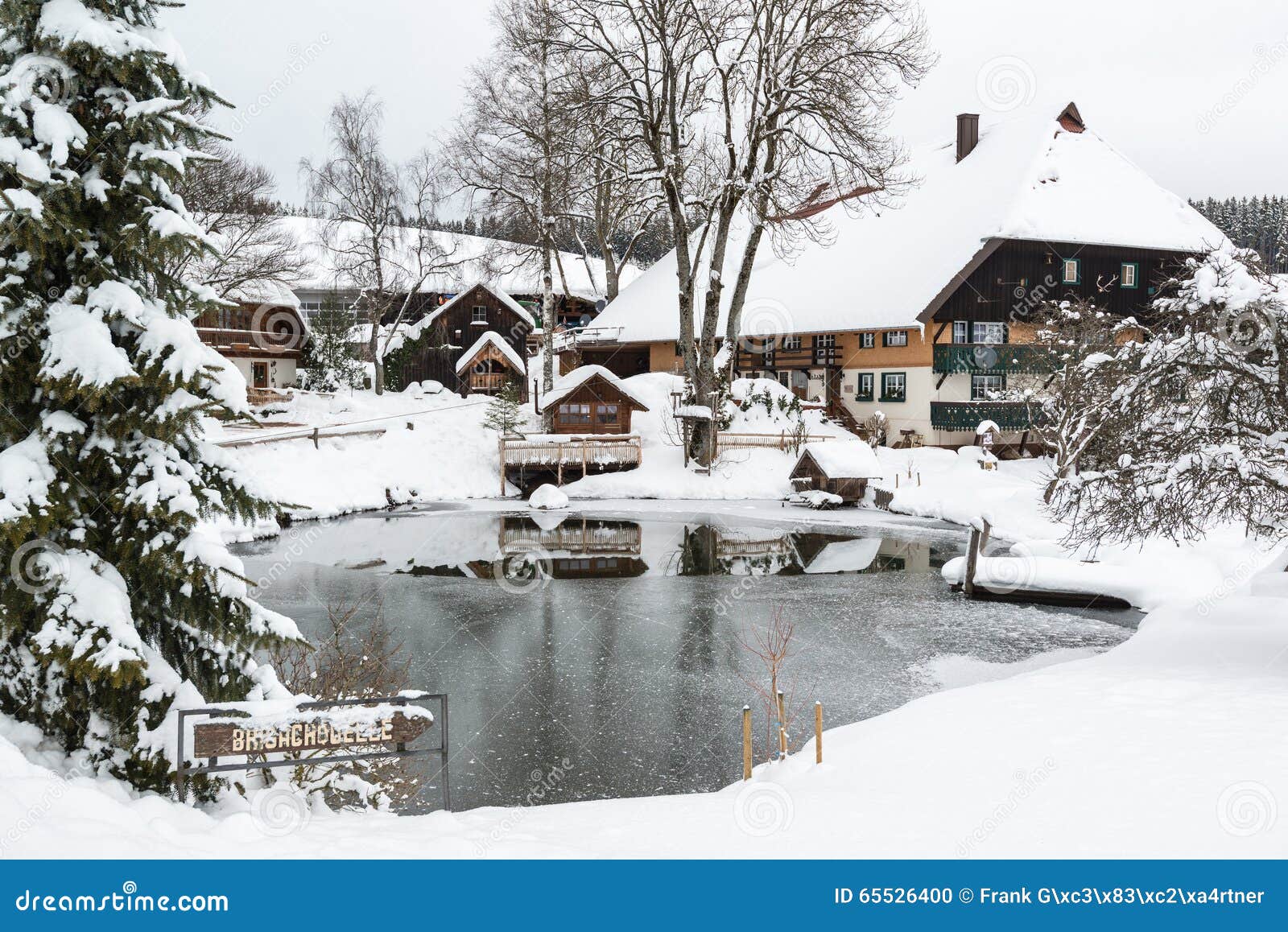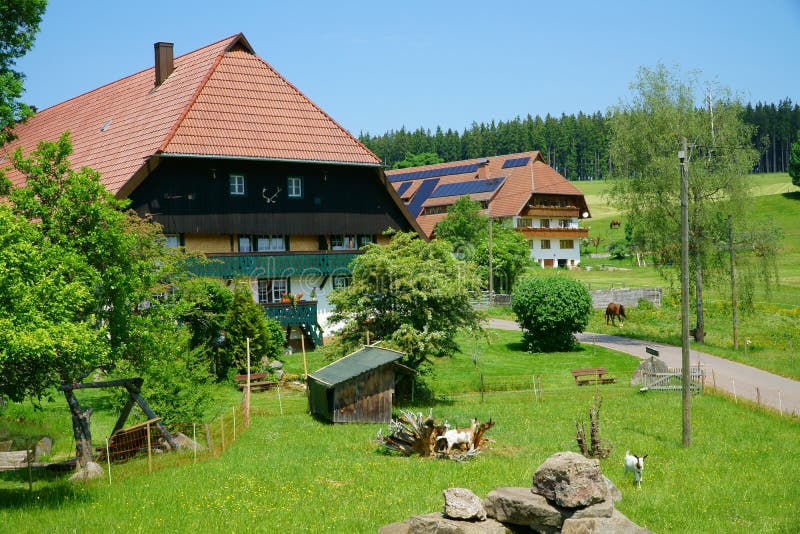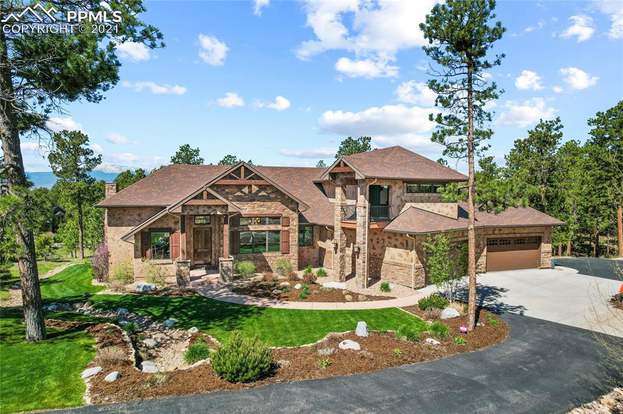

Other times teams went to people's houses to put up a log dam in a gully so the rain wouldn't wash everything away. Then the Red Cross donated a chipper to Black Forest Together and we organized crews and went out to clean up people's property. In the beginning, the whole idea was to help people immediately and we had an office that was open every day in the fire station with representatives from recovery organizations and charitable organizations.Ĭourtesy Stokka family Black Forest residents work together after the fire to chip up burned trees. Stokka: After the fire, Black Forest Together was an organization that formed and was dedicated to recovery. On his involvement in the recovery efforts Those areas burned much more severely for houses, so we think that we should fight to keep the five-acre rule, both for preservation of trees and animals, as well as for fire safety. Several sections of Black Forest were built and developed before they established five-acre zoning. That's partly for preservation of trees and wildlife. And so we have long had a rule in our preservation plan, that the lots should be five acres and no smaller.

Stokka: We found that houses that were on two-and-a-half acre lots or smaller burned at a higher frequency because the embers from one house jumped over to another house. On whether the fire changed his thinking on growth in the area It's way too thick, there's way too many trees on the ground…so the need is very much still for cleanup. That two-thirds is very much needing mitigation. Stokka: About a third of the forest burned, so there's still two-thirds left. On challenges the community still faces as a result of the fireĬourtesy Stokka family Terry Stokka, left in blue, does mitigation work with his grandkids around his property in Black Forest.

Lot values are right up back where they were before the fire. So what we thought were going to be worthless lots because the trees were burned, the value went back up again because they had a million dollar view within a year or two. The people that rebuilt ended up with dynamite views because now they could see the mountains. Of course the grass hadn't come back yet, but it kind of was a new normal. Other people cleared their own lots,so probably in the late fall, we had all of the black sticks down. This guy just went from residence to residence and just cleared off the black trees. We got neighbors together and organized it so that this company came with this great big masticator, like a big rototiller. Darin Overstreet/Released)Īfter the fire, we had a lot of black sticks all over the place because the trees were burned. Air Force Reserve assisted in firefighting efforts.

The Black Forest Fire started June 11, 2013, northeast of Colorado Springs, burning scores of homes and forcing large-scale evacuations. Department of Defense/Wikimedia Commons A burnt section of forest land can be seen as a result of the Black Forest Fire near Colorado Springs, Colo., June 12, 2013. KRCC's Shanna Lewis spoke to Stokka about how the devastation continues to change things for residents a decade later, including the rebuilding process. He’s the president of the Friends of the Black Forest Association and has taken an active role in helping the area recover, even though his own home survived the fire. Terry Stokka has lived in Black Forest for 30 years. That means it was human-caused, but it could have been accidental. The agency now considers it a cold case, but investigators say they're still committed to looking into tips that may surface.Ī summary of the initial investigation says they ruled out all natural causes within 24 hours of the start of the fire. The El Paso Sheriff’s Office said it's been years since they've found any new information about the cause of the more than 14,000-acre fire. Investigators have yet to determine the cause of the fire that began on June 11, 2013. Two people died and nearly 500 homes were destroyed. Ten years ago, a wildfire roared through the Black Forest community north of Colorado Springs.


 0 kommentar(er)
0 kommentar(er)
